Intermediates
Gallantry and accessories
Blog Piekiełka
New Year three times a year - this is how Cambodians celebrate

How is the New Year celebrated in Cambodia? Many of the country's residents celebrate the arrival of the New Year as many as three times a year.
- According to the Gregorian calendar, which is January 1,
- According to the lunar calendar, which falls between January 21 and February 21,
- According to the Khmer calendar, in mid-April.
Lunar New Year
The New Year, based on the Chinese calendar, is eagerly celebrated throughout Cambodia not only by people of Chinese descent but also by native Khmers. As in Thailand, Chinese New Year here is not a public holiday, i.e. a period of free time. Nevertheless, it is celebrated very pompously, and many institutions and stores - especially Chinese ones - work for shorter periods or not at all. A Chinese New Year tradition is the dragon dance (Mong Say). It brings good luck, family harmony and success at work for the coming period. Often the dragon is accompanied by a lion. Its task, according to ancient tradition, is to divert the attention of bad fortune and bring good fortune to the people.
Cambodian residents already do a general cleanup of their homes a week before the New Year and decorate them with red ornaments. This very color has the power to ward off evil spirits. It's also a good idea to stock up on sprigs of yellow-flowering plants. If flowers appear on it during the first three days of the new year, it means a good omen and heralds good luck.
In addition to holiday cleaning, a lot of time is spent shopping (new clothes are often bought for the New Year) and preparing large supplies of food.
Chinese New Year is mainly spent with family. Many Cambodians then travel to their hometowns to spend the holiday with their relatives and friends. New Year's Eve is also an occasion to make an offering at a temple.
Khmer New Year - Chaul Chnam Thmei
Cambodia uses the Hindu calendar to calculate its New Year's Day. According to the Gregorian calendar, this holiday falls on either April 13 or 14. Chaul Chnam is the country's largest and most traditional holiday and lasts three days, and sometimes four.
Originally, Chaul Chnam was celebrated on the first day of the first lunar month, which fell either in November or December. In the 13th century, during the Angkor era (the Khmer state that existed from 802 to 1432), King Suriyavarman II or Jayavarman VII, moved the Cambodian New Year to the fifth lunar month, or April of the solar calendar.
What was the reason for this? The vast majority of the Cambodian population (95%), are farmers. The time from November to March is the most important and busiest time of the year for farmers in the rice fields. In this situation, April is the best time to celebrate, as the peasants have already finished harvesting, the crops are under roof, and the dry season gives more free time.
- The first day of the New Year is called Moha Songkran
On this day, a new god/angel (Tevada) descends to Earth and will be the guardian of the world for the coming year. To receive the new Tevada with dignity, people clean and decorate their homes and themselves to wash away misfortunes and troubles for the new beginning. Each house is prepared individually. The table set with fruit, cake and drinks is decorated with candles, flowers and incense. Elderly people devote this day to meditation and prayer.
New Year's Day is the only time when Cambodian boys and girls can get together and organize games together. It is also an opportunity for young Khmer men to find a bride. That's how tradition wants it. - The second day of the New Year is called Virak Wanabat
It means "Gift Day," and according to tradition, this day is used to give gifts to parents, grandparents and elderly people. Children receive new clothes on this day. In addition, money and clothes are deposited for the poor. In the evening, monks in pagodas are asked for blessings. - The third day is called Tanai Lieang Saka, which means "New Beginning."
In the morning of this day, like the first, Cambodians pay a visit to the pagodas. In the afternoon, there is a joyous conclusion to the celebration. This includes the Pithy Srang Preah ceremony. A symbolic washing of all Buddha statues takes place. Children, to show respect for their parents, wash their feet with water. In turn, in the streets and squares, passersby are poured with water.
And how not to admire the wisdom of the peoples of the Far East? We are content to use the only New Year's Eve of the year to welcome the New Year, while others do it as many as three times....
Ethnic Jewelry
-

Tibetan adjustable ring
118,00112,10 -
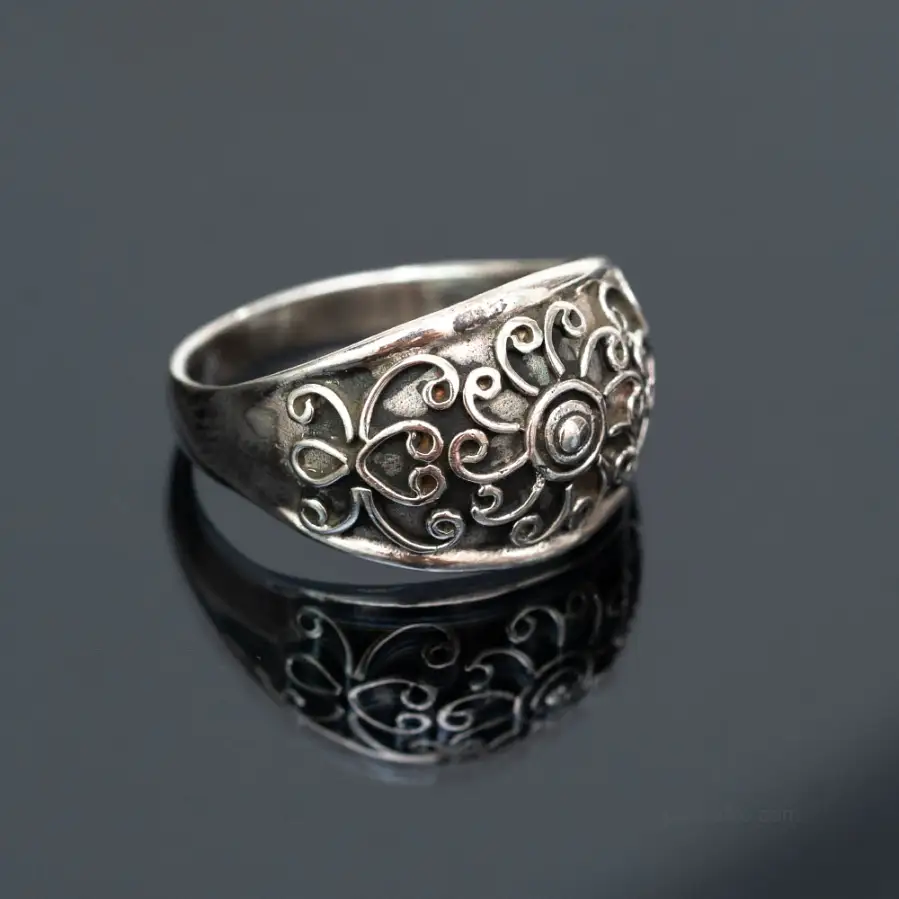
Silver Indian ring with patterns
290,00261,73 -
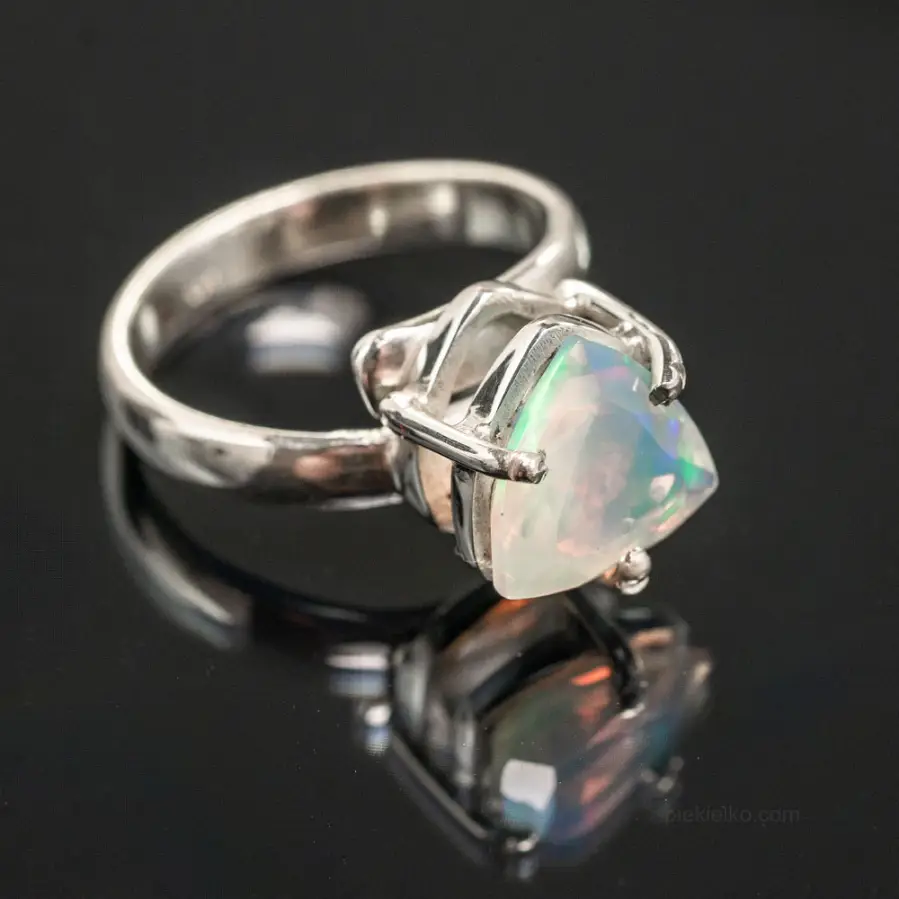
Magic of nature - Ring with white opal
500,00451,25 -
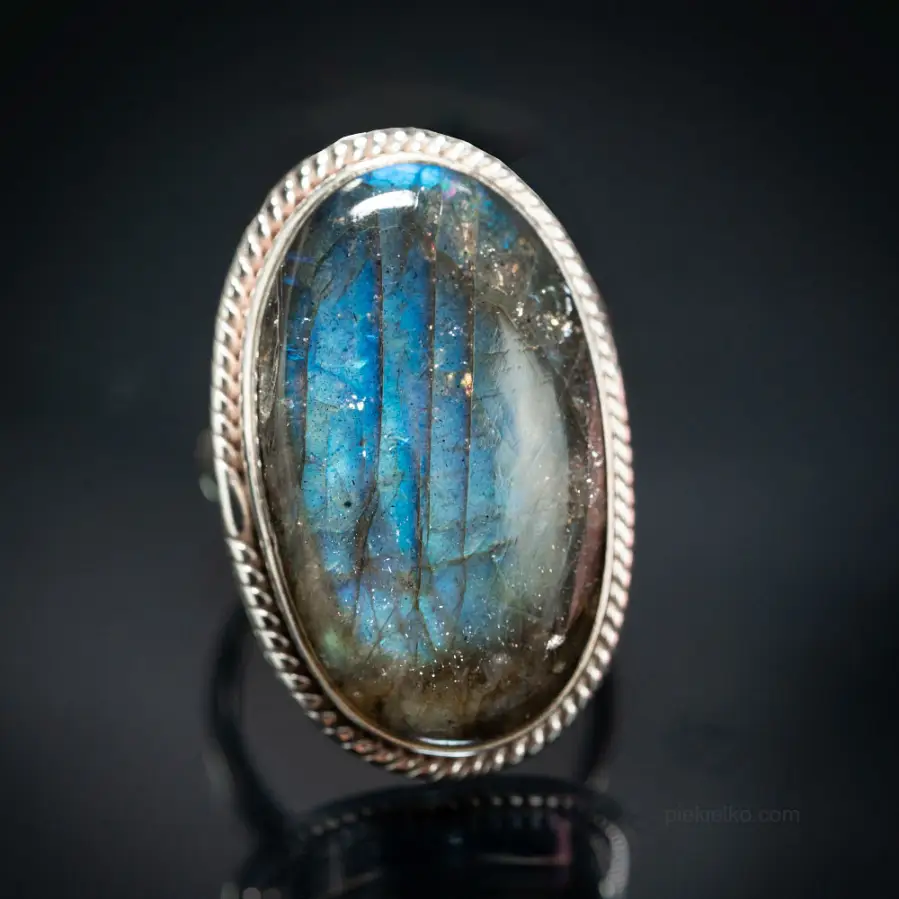
Oval Ring with Adjustable Band and Labradorite
389,00351,07 -
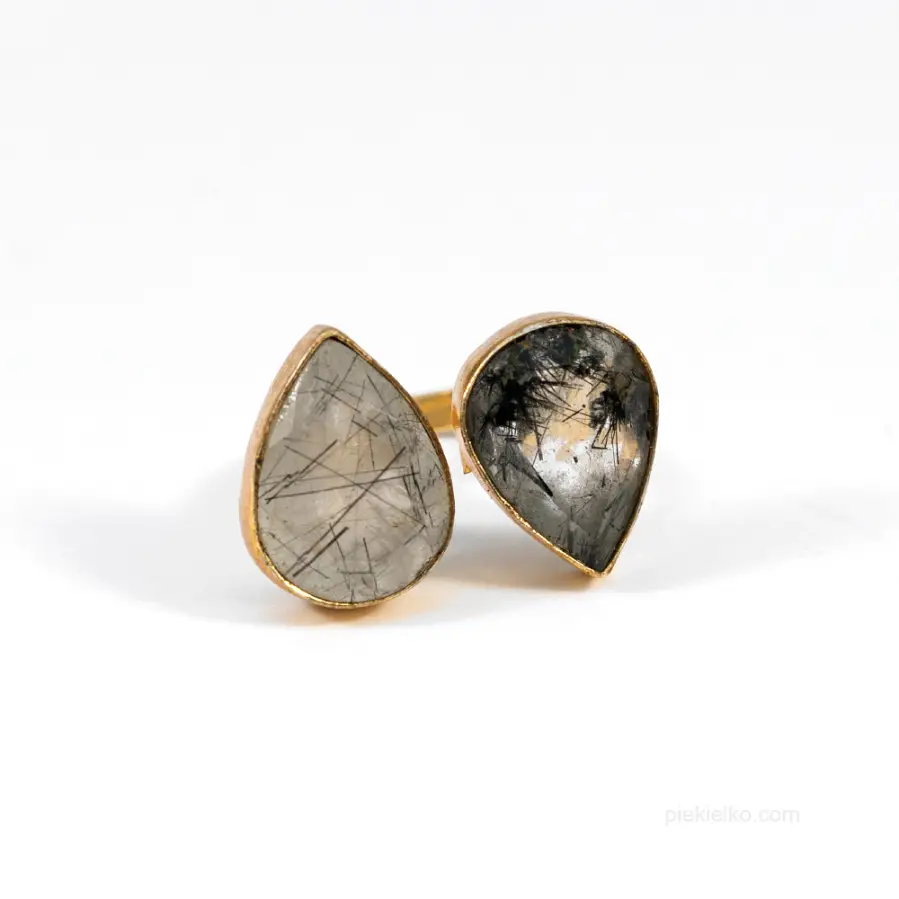
Rutile Shine, a unique ring for the brave
220,00209,00 -
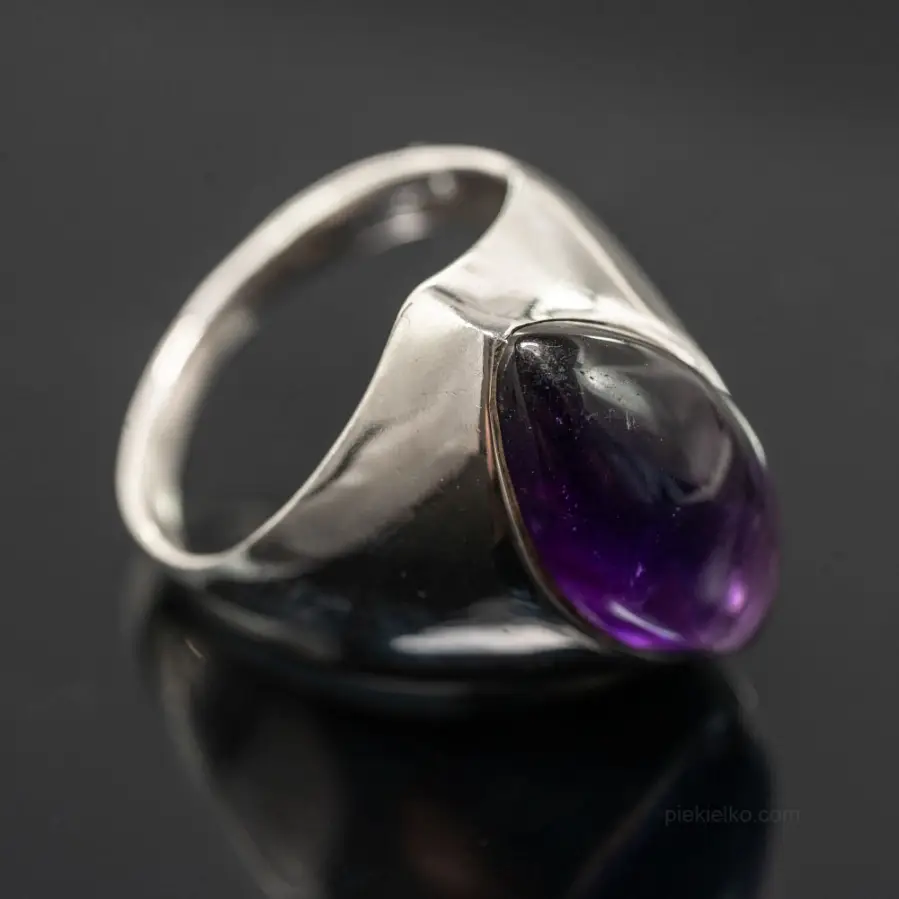
Gift of Nature - Amethyst Signet Ring
370,00333,93 -
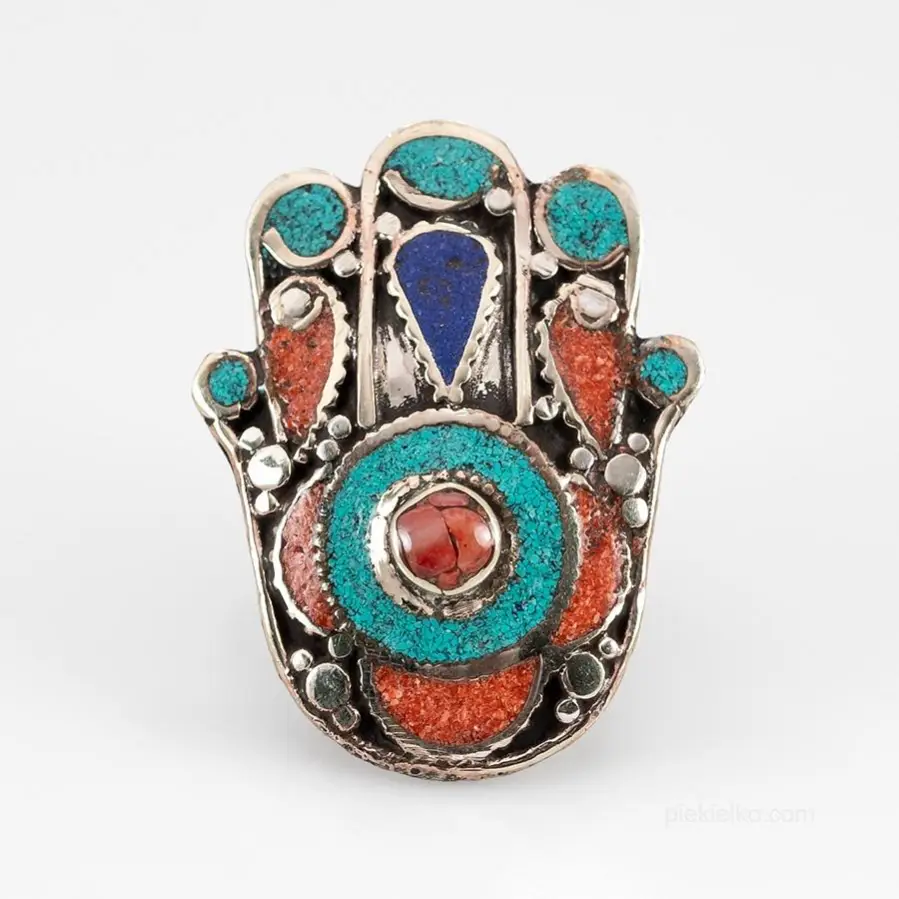
Hamsa ring
133,00126,35 -
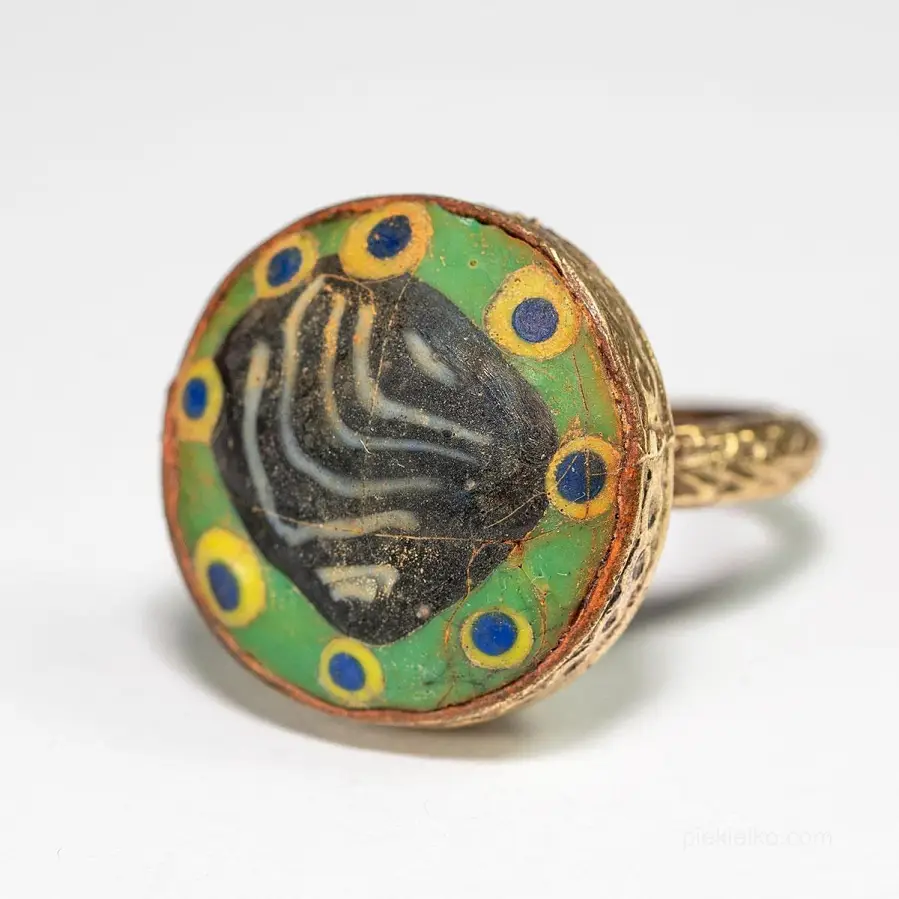
Ring with gabri glass
98,0093,10 -
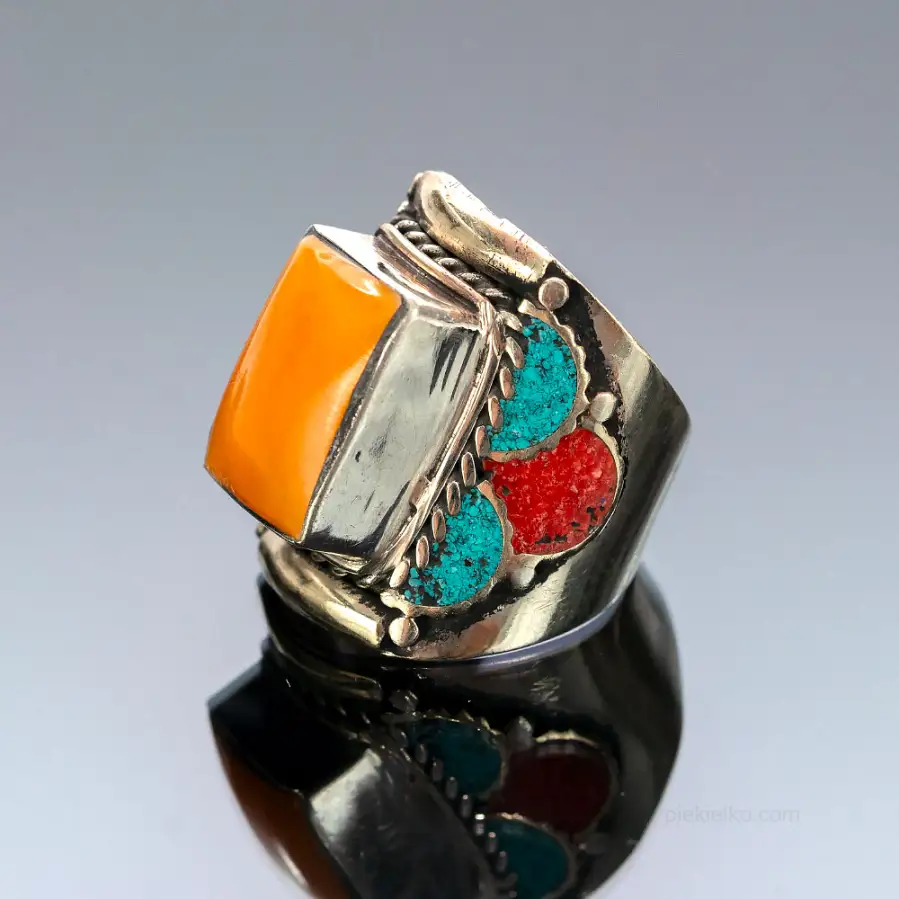
Nepalese signet ring with amber and colored stones
280,00266,00 -

Mysterious silver ring with pearl, pietersite and garnet
385,00347,46 -
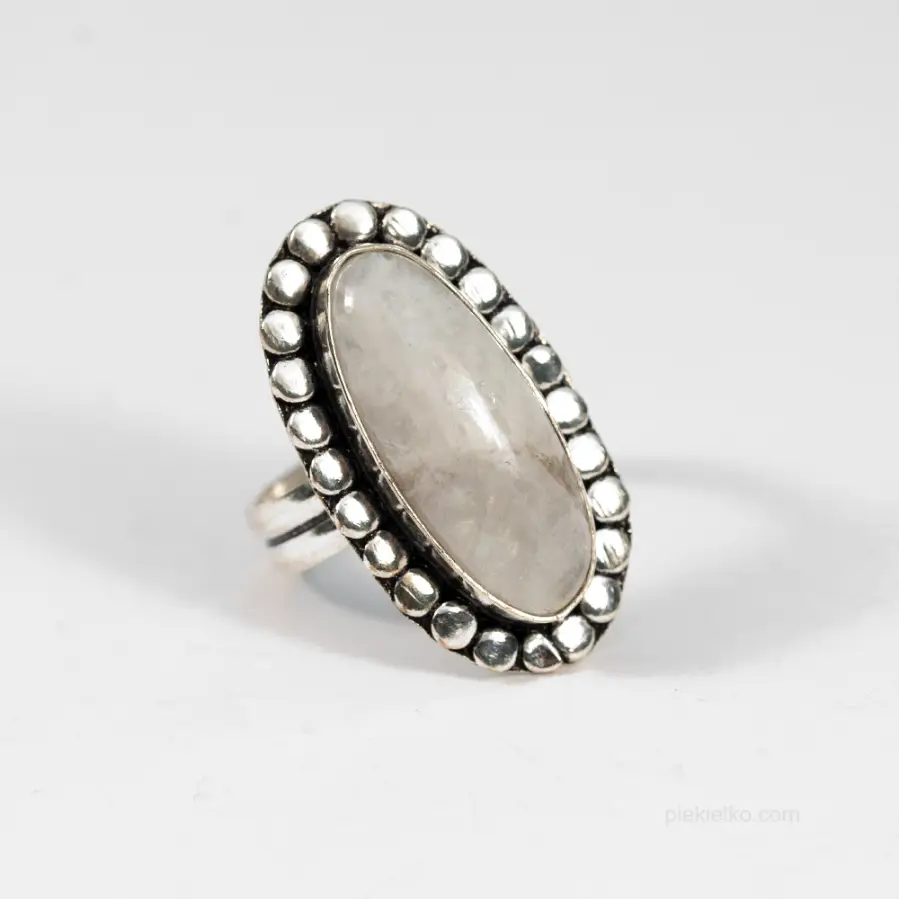
Solid ring with moonstone
135,00128,25 -
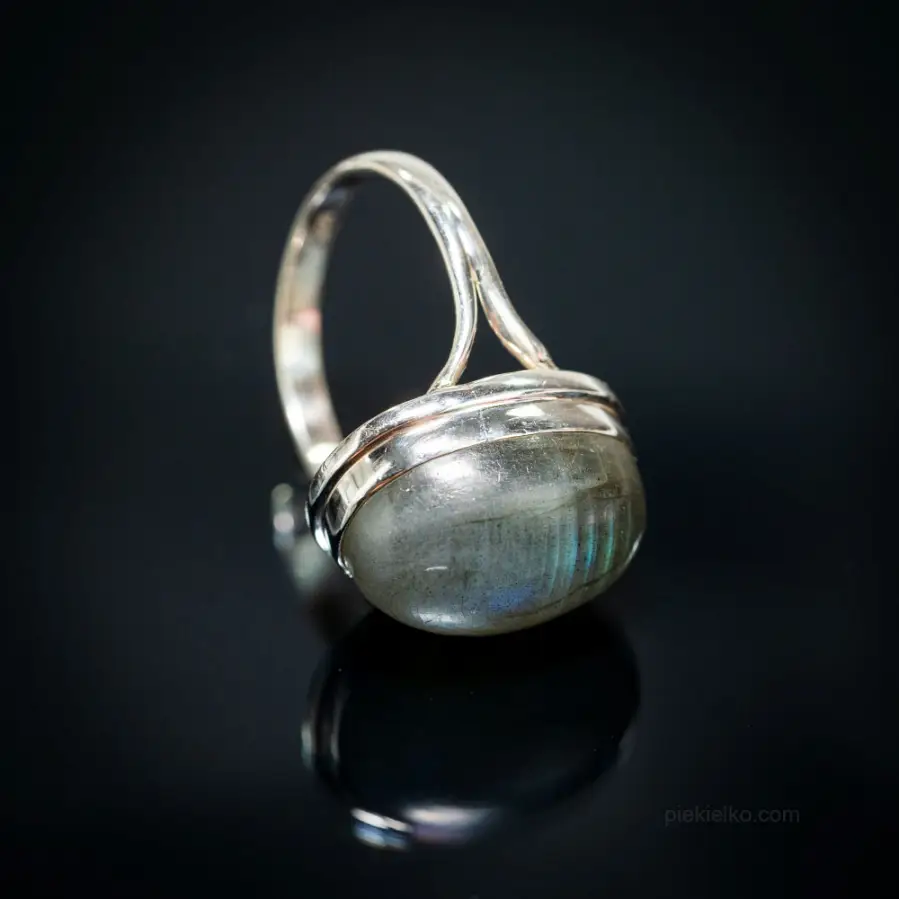
Silver ring with labradorite
320,00288,80 -
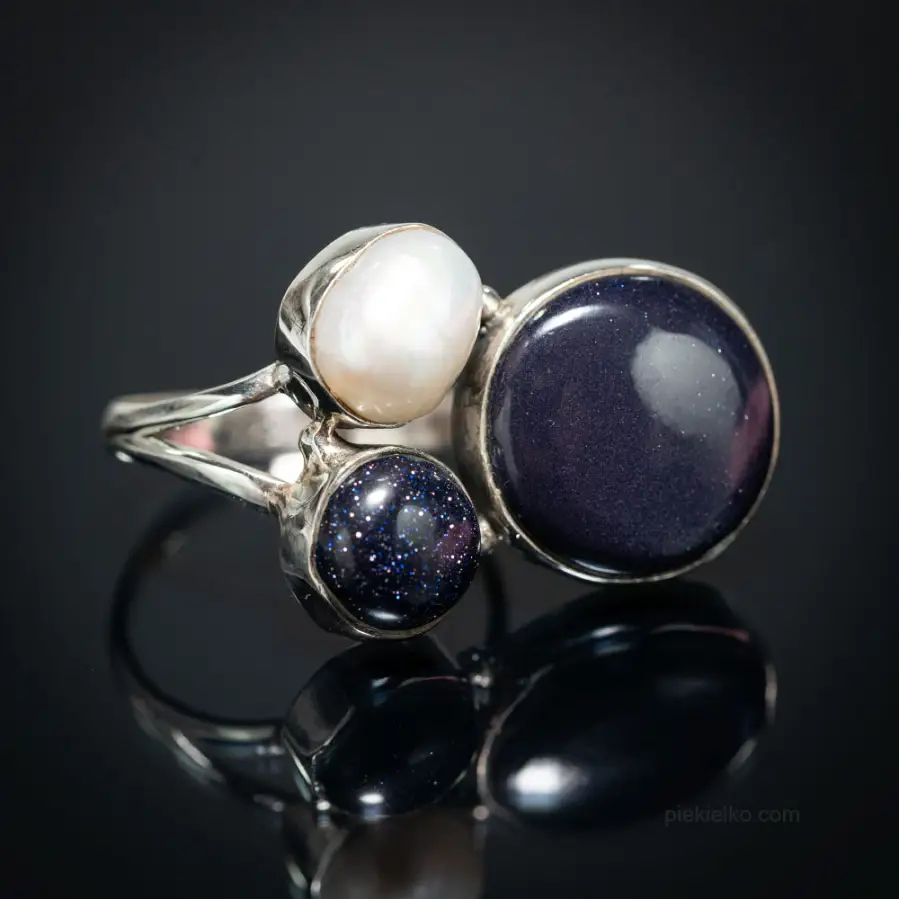
Silver ring with aventurine and pearl
340,00306,85 -
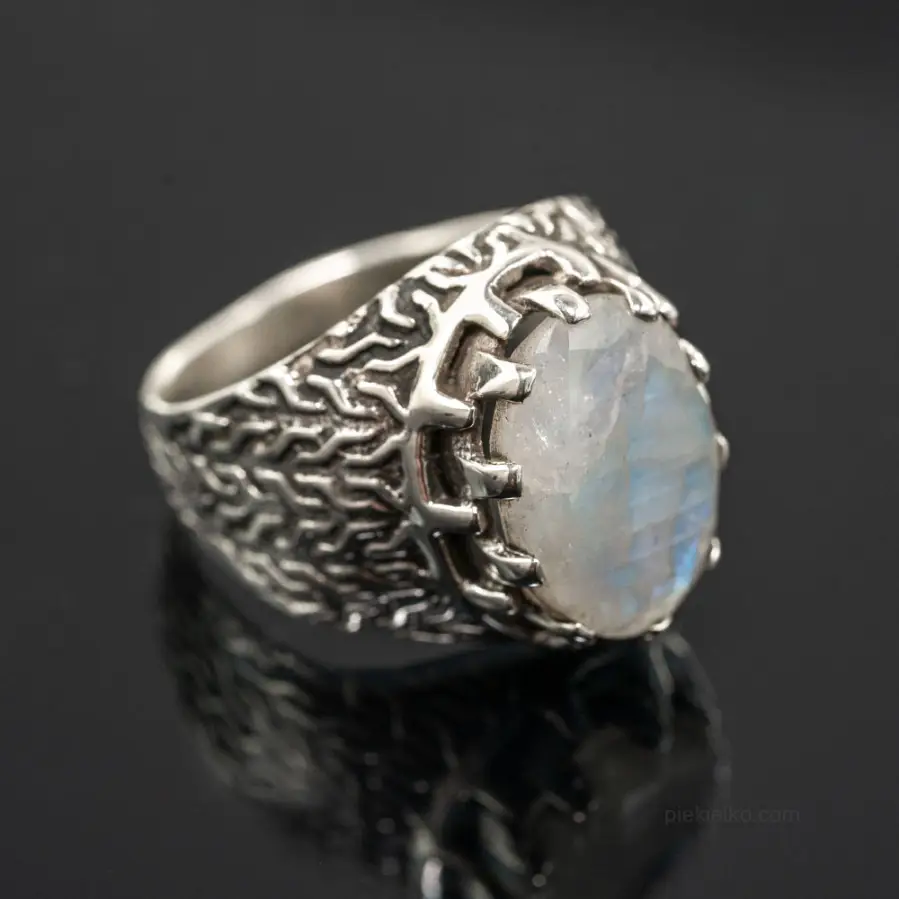
Pearl Charm Moonstone Ring
370,00333,93 -
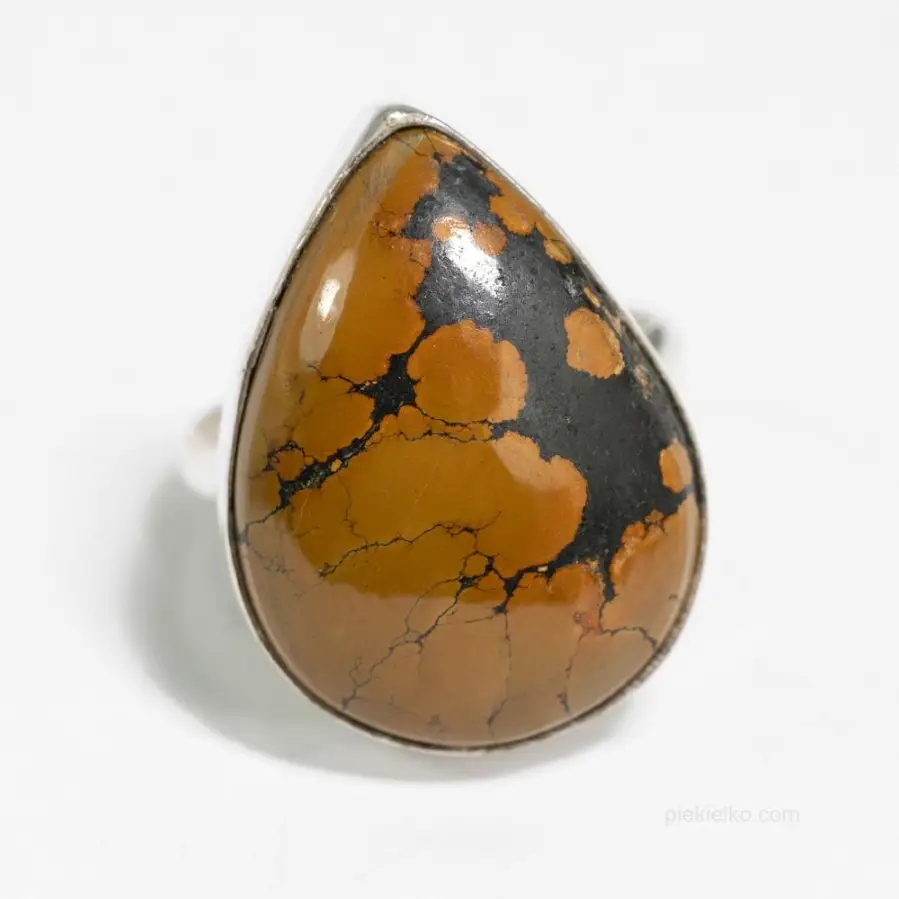
Ring with brown natural turquoise
165,0094,05 -
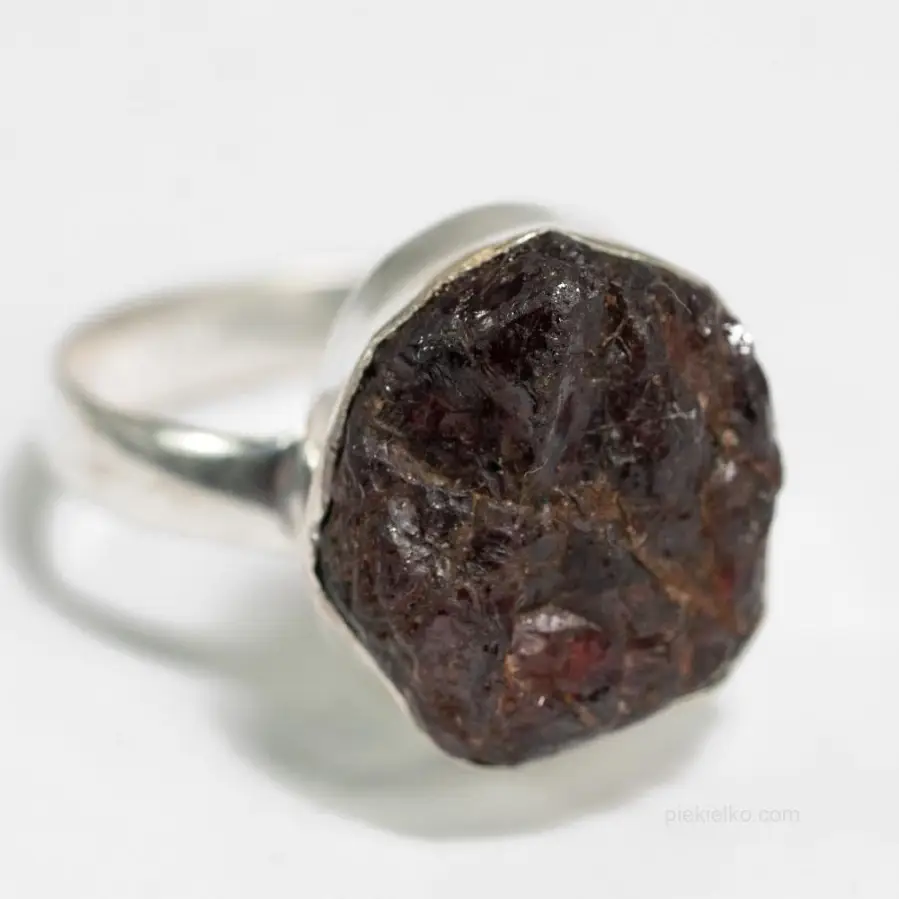
Black tourmaline ring
175,0099,75 -
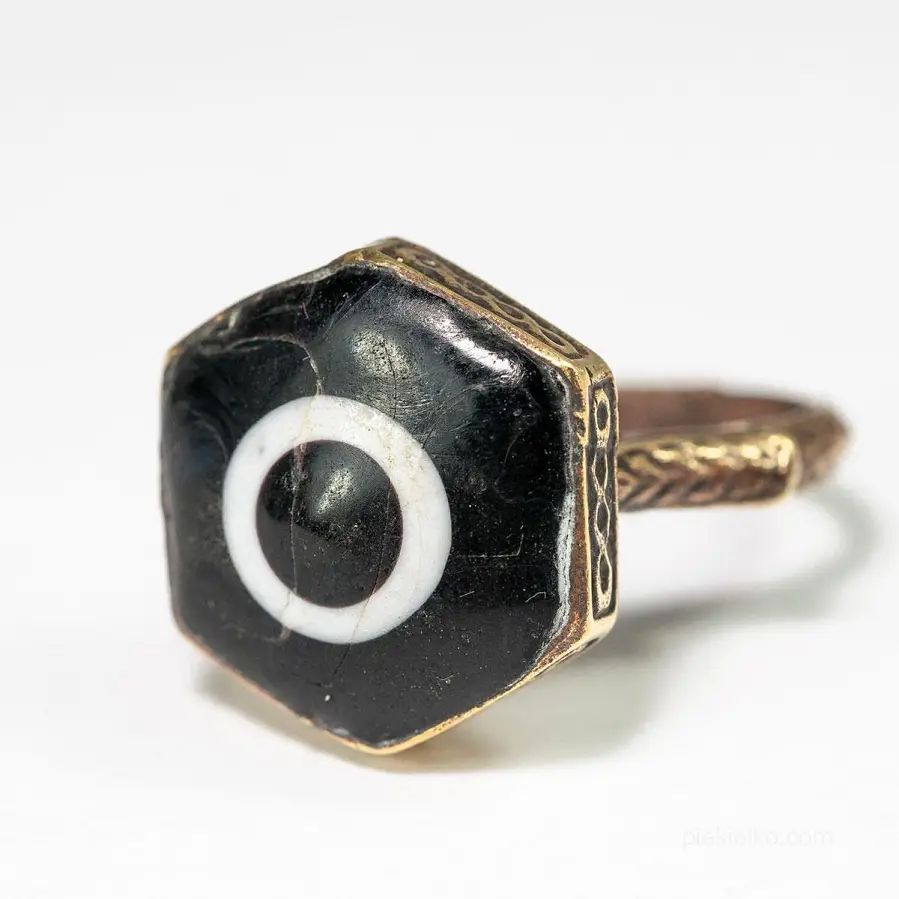
Ring with gabri glass
98,0093,10 -

Space nebula - titanium drusen
280,00252,70 -
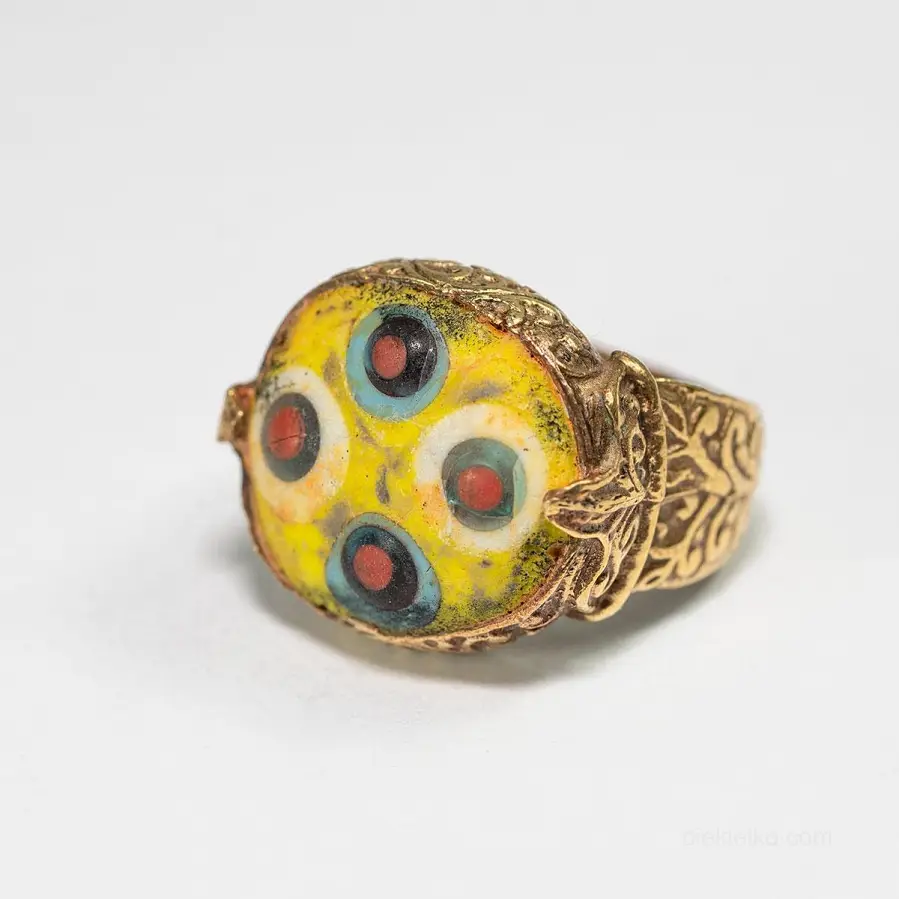
Signet ring with a gabri glass eye
98,0093,10 -
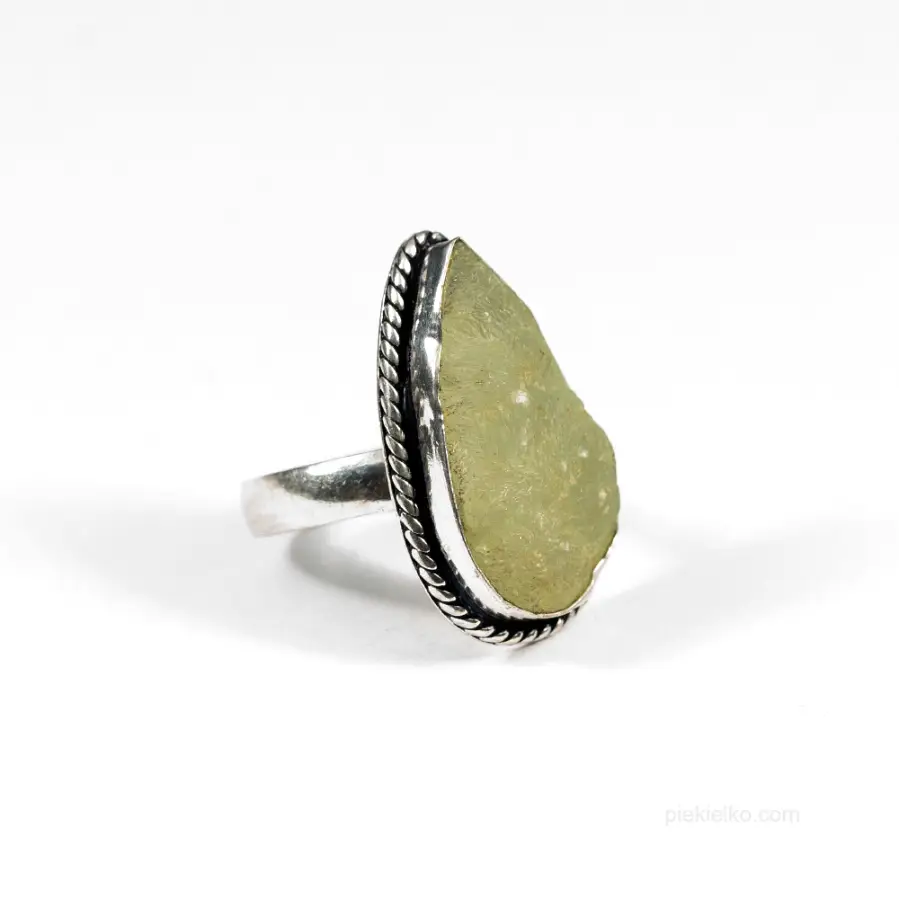
Ring with rough prehnite
168,00159,60



© Piekielko.com

